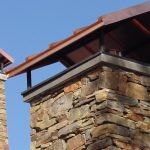Introduction
Looking to install a chimney in your home? It’s important to weigh the pros and cons of different chimney types to ensure the safety of your household. In this article, we will discuss the various chimney options available and explore their advantages and disadvantages.
One popular chimney type is the masonry chimney, known for its durability and classic appeal. However, it can be costly to install and requires regular maintenance to prevent issues like leaks and cracks. Another option is the metal chimney, favored for its affordability and ease of installation. Yet, it may not provide the same level of insulation as other types.
Additionally, you may consider a wood-burning fireplace insert, which offers improved efficiency and reduced emissions. However, it requires a constant supply of firewood and regular cleaning. Alternatively, gas fireplaces provide convenient operation with minimal maintenance but lack the traditional ambiance of a wood-burning fireplace.
By carefully considering the pros and cons of each chimney type, you can make an informed decision that suits your needs and ensures the safety of your home and loved ones. So let’s dive into the various options and find the perfect chimney for you.
Benefits of having a chimney in your home
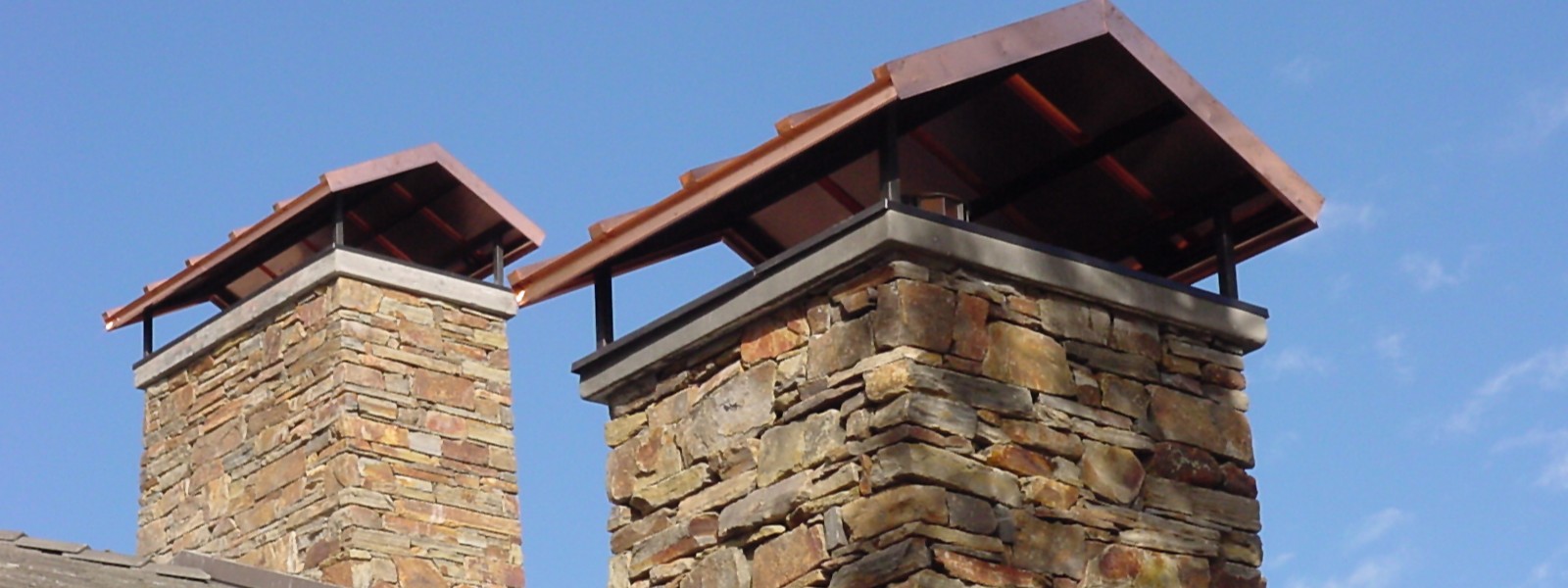
Having a chimney in your home offers several benefits. Firstly, it provides an efficient way to vent smoke and harmful gases from your fireplace or stove. This helps maintain good indoor air quality and prevents the build-up of dangerous fumes. Additionally, a chimney allows for the safe disposal of combustion byproducts, reducing the risk of fire hazards.
Furthermore, a well-designed chimney can enhance the overall aesthetic appeal of your home. It adds a touch of elegance and charm, becoming a focal point in your living space. Whether you prefer a traditional or contemporary style, there are chimney options available to suit your design preferences.
Lastly, a properly functioning chimney can increase the energy efficiency of your home. It helps to control the airflow and heat distribution within your living space, keeping it warm and comfortable during colder months. This can result in reduced heating costs and a more sustainable home environment.
With these benefits in mind, let’s explore the different chimney types and their respective pros and cons.
Common chimney types – masonry, metal, prefabricated
There are three main types of chimneys commonly used in residential properties: masonry chimneys, metal chimneys, and prefabricated chimneys.
Pros and cons of masonry chimneys
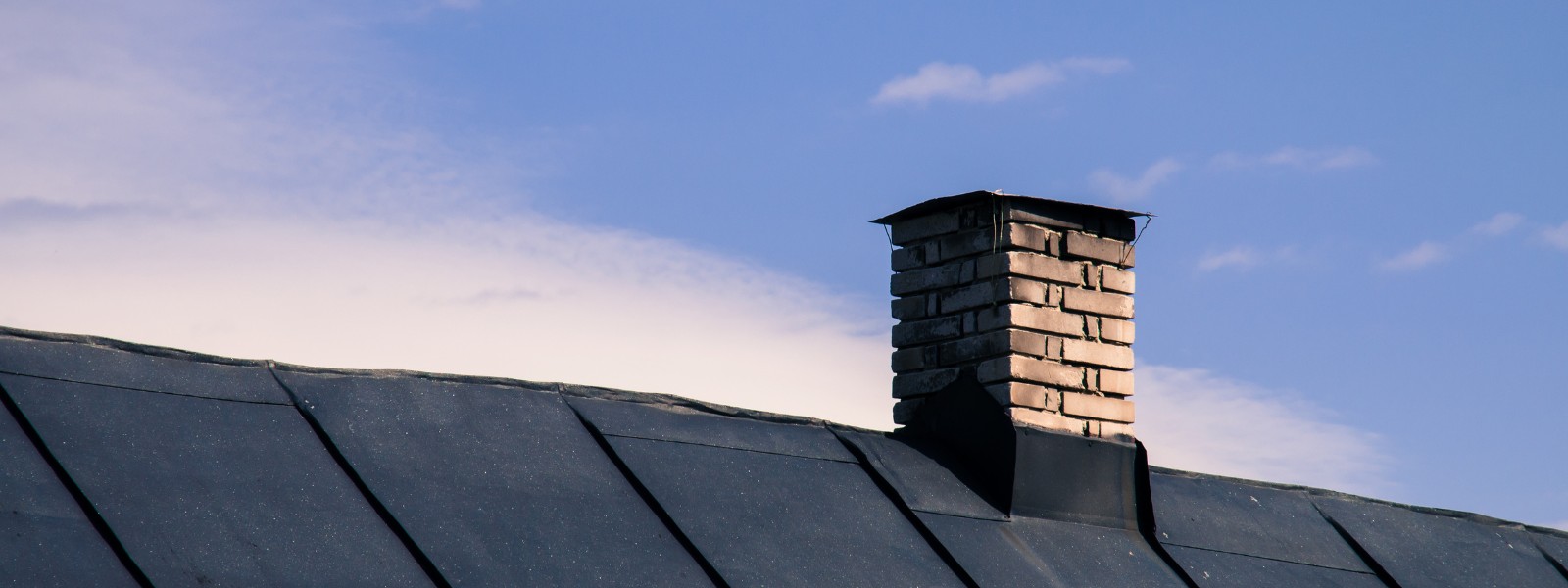
Masonry chimneys are a popular choice among homeowners due to their durability and classic appeal. These chimneys are typically made of brick or stone and have been used for centuries. One of the biggest advantages of masonry chimneys is their ability to withstand high temperatures and resist damage from heat and flames. This makes them a safe option for wood-burning fireplaces.
Another benefit of masonry chimneys is their aesthetic value. The timeless look of brick or stone adds charm and character to any home. Additionally, masonry chimneys can be customized to match the architectural style of your house, enhancing its overall visual appeal.
However, there are some drawbacks to consider. One major disadvantage of masonry chimneys is the high cost of installation. The materials and labor involved in building a masonry chimney can be expensive, making it a less budget-friendly option compared to other chimney types.
Maintenance is another aspect to keep in mind. Over time, masonry chimneys may develop issues such as leaks and cracks. Regular maintenance and inspections are necessary to identify and address these problems before they worsen. Failure to do so can result in water damage, structural issues, and even chimney fires.
In summary, masonry chimneys offer durability and a timeless aesthetic, but they come with a higher cost and require regular maintenance to prevent potential issues.
Pros and cons of metal chimneys
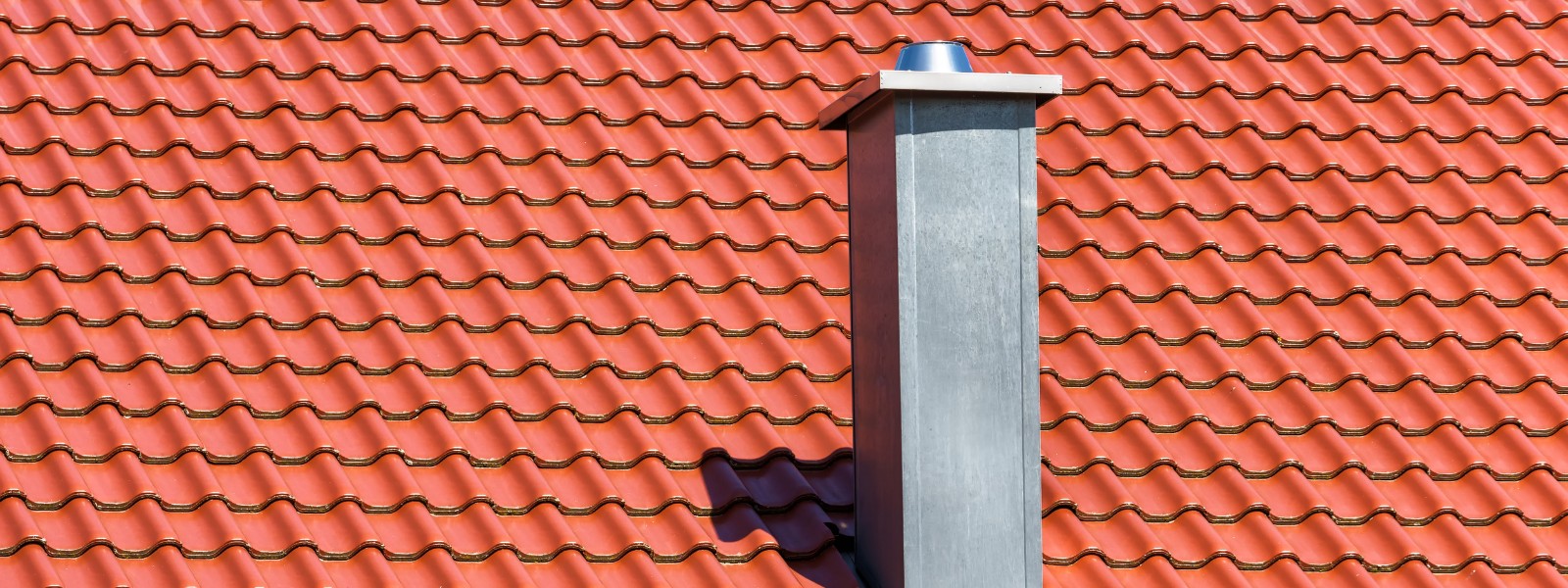
Metal chimneys, also known as stainless steel chimneys, are another popular choice for homeowners. These chimneys are made of stainless steel or galvanized steel and offer several advantages over masonry chimneys.
One of the main benefits of metal chimneys is their affordability. Metal chimneys tend to be less expensive to install compared to masonry chimneys, making them a budget-friendly option for homeowners.
Another advantage is the ease of installation. Metal chimneys are lightweight and can be easily assembled, reducing the time and effort required for installation. This makes them a convenient choice for homeowners who want a quick and hassle-free chimney setup.
However, it’s important to consider the insulation factor when choosing a metal chimney. While metal chimneys do provide some level of insulation, they may not be as effective at retaining heat as other chimney types. This can result in decreased energy efficiency and potential heat loss.
Additionally, some homeowners may find the appearance of metal chimneys less appealing compared to masonry chimneys. The sleek and modern look of metal chimneys may not fit well with certain architectural styles or personal preferences.
To summarize, metal chimneys offer affordability and easy installation, but they may not provide the same level of insulation as other chimney types, and their appearance may not be suitable for all homes.
Pros and cons of prefabricated chimneys
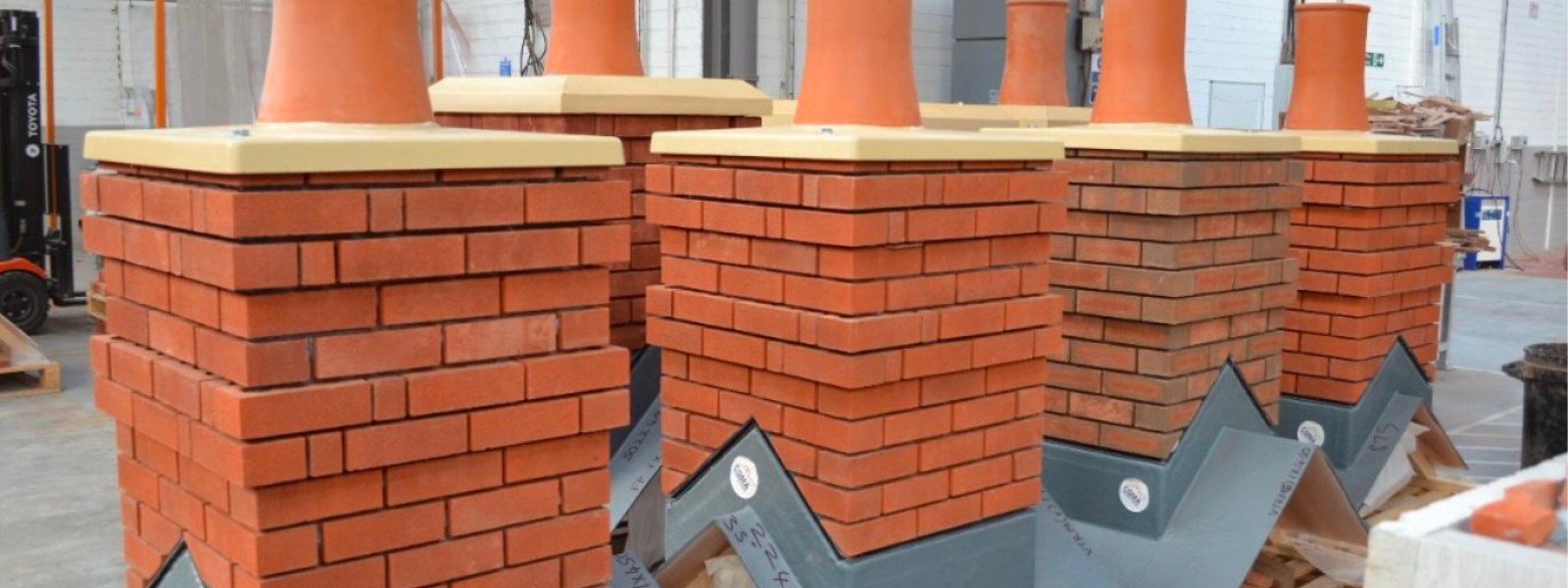
Prefabricated chimneys, also known as factory-built chimneys or pre-fab chimneys, are chimney systems that are manufactured in a factory and then installed in homes. These chimneys are typically made of metal and come in pre-designed sections that can be easily assembled on-site.
One of the biggest advantages of prefabricated chimneys is their cost-effectiveness. These chimneys are generally less expensive to purchase and install compared to both masonry and metal chimneys. This makes them a popular choice for homeowners on a tight budget.
Another benefit is the ease of installation. Prefabricated chimneys are designed to be quickly and easily assembled, reducing the time and effort required for installation. This is especially beneficial for homeowners who want a chimney system up and running in a short period of time.
However, it’s important to note that prefabricated chimneys may not offer the same level of durability as masonry chimneys. The materials used in prefabricated chimneys may not be as resistant to high temperatures and may deteriorate over time. Regular maintenance and inspections are necessary to ensure the safety and longevity of these chimneys.
In summary, prefabricated chimneys offer cost-effectiveness and easy installation, but they may not provide the same level of durability as masonry chimneys and require regular maintenance to prevent potential issues.
Safety considerations for each chimney type
When considering the installation of a chimney, safety should always be a top priority. Each chimney type comes with its own set of safety considerations that homeowners need to be aware of.
For masonry chimneys, regular inspections and maintenance are crucial. This includes checking for any cracks or gaps in the mortar, as well as ensuring that the chimney cap is intact and functioning properly. Regular cleaning is also important to remove any creosote buildup, which can pose a fire hazard.
Metal chimneys require similar safety precautions. Regular inspections should be conducted to check for any signs of corrosion or damage to the chimney structure. It’s also important to ensure that the chimney is properly insulated to prevent heat loss and potential fire hazards.
Prefabricated chimneys should be inspected for any signs of wear and tear. The chimney sections should be securely connected and free from any gaps or leaks. Regular maintenance and cleaning are important to prevent blockages and ensure proper airflow.
In addition to regular maintenance, homeowners should also be mindful of safe chimney usage. This includes using only dry and seasoned firewood, avoiding the use of accelerants, and ensuring that the fire is completely extinguished before leaving the house or going to bed.
By taking these safety considerations into account and following proper maintenance practices, homeowners can enjoy the benefits of their chosen chimney type while ensuring the safety of their home and loved ones.
Chimney maintenance and inspection
Regardless of the chimney type, regular maintenance and inspections are essential for both safety and performance. Neglecting chimney maintenance can lead to a range of problems, including chimney fires, carbon monoxide leaks, and structural damage.
For masonry chimneys, annual inspections by a professional chimney sweep are recommended. During these inspections, the sweep will check for any signs of deterioration, blockages, or other issues that may affect the chimney’s function and safety. Regular cleaning is also necessary to remove creosote buildup, which can ignite and cause a chimney fire.
Metal chimneys should also be inspected annually to ensure their structural integrity. The chimney sweep will check for any signs of rust, corrosion, or damage to the chimney liner. Regular cleaning is important to remove any debris or blockages that may hinder proper airflow.
Prefabricated chimneys require similar maintenance and inspections. The chimney sections should be inspected for any signs of wear and tear, and the chimney cap should be checked to ensure it is in good condition. Regular cleaning is necessary to prevent blockages and maintain proper airflow.
Homeowners should also be proactive in maintaining their chimneys. This includes using chimney caps to prevent debris and animals from entering the chimney, using chimney brushes to clean the flue regularly, and being mindful of any changes or issues that may arise.
By investing in regular maintenance and inspections, homeowners can detect and address any chimney problems before they escalate, ensuring the safety and performance of their chimney system.
Choosing the right chimney type for your home

With the pros and cons of each chimney type in mind, it’s important to choose the right option for your home. Consider the following factors to make an informed decision:
1. Budget: Determine how much you are willing to spend on your chimney installation. This will help narrow down your options and find a chimney type that fits within your budget.
2. Aesthetic: Consider the architectural style of your home and your personal preferences when it comes to the appearance of your chimney. Choose a chimney type that complements the overall design of your house.
3. Functionality: Think about how you plan to use your chimney. If you frequently use your fireplace for heating, a masonry chimney or a wood-burning fireplace insert may be a suitable choice. If convenience is a priority, a gas fireplace or a prefabricated chimney may be more appropriate.
4. Maintenance: Evaluate the level of maintenance you are willing to commit to. Some chimney types require more regular maintenance and inspections than others. Consider your lifestyle and schedule when making your decision.
5. Safety: Prioritize the safety of your home and loved ones. Choose a chimney type that meets safety standards and consider any specific safety considerations associated with each chimney option.
By carefully considering these factors and weighing the pros and cons of each chimney type, you can make an informed decision that suits your needs and ensures the safety and functionality of your chimney system.
Conclusion and final thoughts
Choosing the right chimney type for your home involves considering various factors such as budget, aesthetic, functionality, maintenance, and safety. Each chimney type offers its own set of advantages and disadvantages, and it’s important to weigh these factors carefully before making a decision.
Masonry chimneys provide durability and a timeless aesthetic but come with a higher cost and require regular maintenance. Metal chimneys offer affordability and easy installation but may not provide the same level of insulation and may not suit all architectural styles. Prefabricated chimneys offer cost-effectiveness and easy installation but may lack durability and require regular maintenance.
Regardless of the chimney type, regular maintenance and inspections are essential for safety and performance. By investing in proper maintenance and following safe usage practices, homeowners can enjoy the benefits of their chosen chimney type while ensuring the safety and well-being of their home and loved ones.
In conclusion, when it comes to chimney types, there is no one-size-fits-all solution. Consider your specific needs, preferences, and budget to find the perfect chimney that will not only enhance the aesthetics of your home but also provide you with a safe and efficient heating option.

